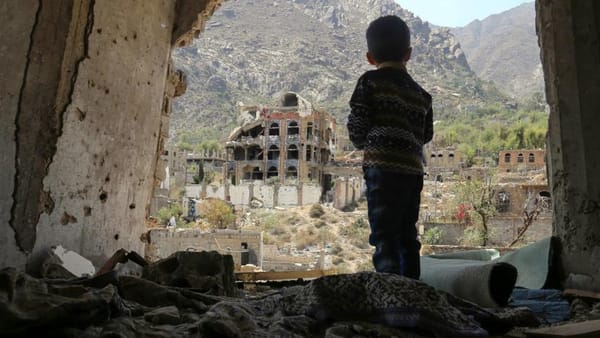Remodelling Conservation
Elisa Mogollon Perez argues that conservation must involve and benefit local communities to have a lasting, fair and effective impact

In recent years, conservation has shifted towards increasingly sophisticated international policies that recognize the importance of equity and the rights of indigenous and local people. Despite this, communities within immediate proximity to biodiversity hotspots continue to suffer the most from ecosystem changes and profit little economically from the natural resources being exploited.
Whilst volunteering with the Institute of Investigations of the Peruvian Amazon (IIAP), I was able to recognize the recurring disregard for these communities and their territories by the state, apparent in the traces of conflict, narcotrafficking and cultural erosion. Thus, it became evident that planning the protection of wildlife should not only consider natural spaces, but the people who occupy them, and offer fair and sustainable schemes to support their development in ways which reinforce the management of the species.
Why protect at all? For many, the most compelling argument for conservation is that humanity itself depends on ecosystems, for food, soils and medicines, and the regulation of climate, water quality, diseases, flooding, and waste. But to many indigenous communities these spaces represent more. In the Amazonian cosmovision, the relationship of a community with its territory (not “land”) is conceived in terms of a collective right which recognizes interdependence with nature.
In recent years, these same communities have come together forming organizations in defence of indigenous rights. During late August of this year, a convention for indigenous groups took place in Iquitos, Peru, where leaders discussed their place as self-conscious actors in modern day problems - especially as observers of rainforest destruction. The event highlighted the awareness and desire for cooperation with the goal of protecting the natural world.
At the same time, the Amazonian population has faced invasion and imposition from extractive industries. According to RAISG, between 2003 and 2013 oil and gas industry concessions increased across the Peruvian Amazon from 15% to over 80%, and over 66% of this area overlaps with indigenous territories. In 2005, Argentinian multinational PlusPetrol discarded over 1.1 million barrels of toxic waste into four rivers in the Northern Peru, which coincidently pass through the ancestral lands of the Anchuar, Quechua, Kichwa and Kukama Kikamiria communities, affecting their health and having a devastating impact on fish and other animals vital for their livelihood.
Forestry in Peru continues to be a principal cause of degradation and new legislation has failed to minimize the impact, instead driving concession holders to extract wood illegally from protected areas and indigenous territories and blank it with legal shares to avoid detection. This activity is pernicious to wildlife, especially to endemic species sensitive to slight population changes. It has also led to conflict; communities who have denounced illegal logging activities have been subject to death threats and even murders.
Some successful conservation models have emerged and may serve as examples for the future. Frequently, these involve the incentivisation of wildlife management through the generation of local social and economic benefits. For example, in early 2000s a management project in Guyana began training local fishermen to survey Arapaima (Arapaima gigas) populations – a large and highly prized freshwater fish. It was clear that action was needed as populations were dwindling and close to a local extinction. The project created fishermen groups, implemented a harvesting ban and introduced aquarium fish cultivations as an alternative livelihood. In addition, they led several community education and awareness campaigns. Technical reports from the following years demonstrated an increase in Arapaima populations, with the fishermen stating that their main motivations included a change in attitude, availability of alternate fish and a desire to access future benefits through the project.
Education and information exchange are crucial in gaining the support of local communities and advancing conservation projects. The knowledge of local hunters who frequently travel the region may be paramount in the approximation of population sizes of threatened species and at the same time, education on threats and the importance of wildlife to the ecosystem and the community’s own future may prompt them to partake in its protection.
Another exemplary project by the IIAP currently underway is the management of hunted ungulates, such as the collared peccary (Pecari tajacu) and the white lipped peccary (Tayassu pecari), both species in decline in the Peruvian Amazon. These are used by communities for subsistence and commercial sale. The objective of the project is to monitor the population through the hunter’s data, implement quotas and remove intermediaries who purchase the meat from the hunters at a minimal price and sell it for much more, therefore allowing the community to benefit significantly more.
As these cases highlight, there are critical social aspects to conservation and ignoring them can lead to restrictions in a project’s success. Tackling the real causes of biodiversity decline is a tremendous task and one which may only be achieved through consciousness and cooperation.






